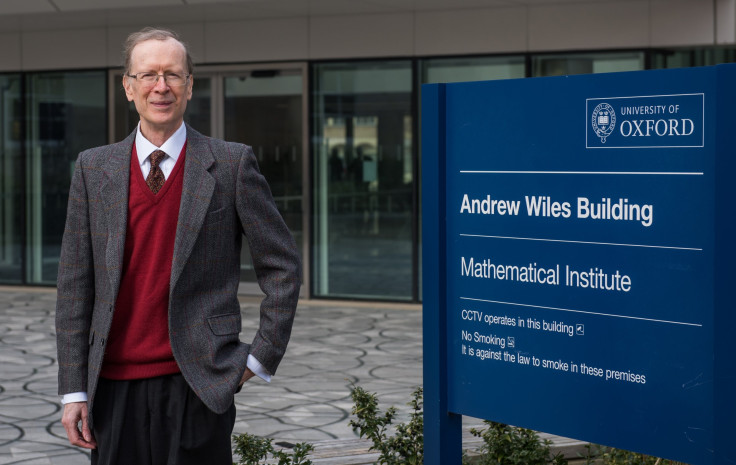Andrew Wiles, British Mathematician Who Solved Fermat's Last Theorem, Wins Abel Prize

In 1637, French mathematician Pierre de Fermat scribbled an elegant equation in the margins of his copy of the ancient Greek text Arithmetica.
In it, he said that for any three whole numbers, a , b and c , the equation an + bn = cn could not be satisfied by any whole number greater than 2. Although he claimed to have discovered a proof for the seemingly simple puzzle, he did not provide one. With Fermat’s death in 1665, the equation — now known as “Fermat’s Last Theorem” — soon became (in)famous as the most difficult mathematical problem ever conceived, spawning a plethora of unsuccessful proofs.
And so it remained for over 350 years.
Then, in 1994, Andrew Wiles — a British number theorist who became captivated by the problem as a schoolboy — cracked the theorem, using, in the process, new tools that have since allowed researchers to make significant advances in their effort to unify disparate branches of mathematics.
On Tuesday, Wiles, who is 62 and now professor at the University of Oxford, U.K., was finally recognized for solving what has undoubtedly been the most famous, and long-running, unsolved problem in the subject’s history. He was named the winner of the Abel Prize — widely regarded as the Nobel for mathematics — on Tuesday by the Norwegian Academy of Sciences and Letters at a mathematics conference in Oslo.
Soon after receiving the news, Wiles told the Guardian that it was a “tremendous honor” to receive the prize, adding that he had not thought about what to do with the 500,000 pounds ($704,500) that accompany the award.
“This problem captivated me,” Wiles told the Guardian. “It was the most famous popular problem in mathematics, although I didn’t know that at the time. What amazed me was that there were some unsolved problems that someone who was 10 years old could understand and even try. And I tried it throughout my teenage years. When I first went to college I thought I had a proof, but it turned out to be wrong.”
“I knew from that moment that I would never let it go. I had to solve it,” he added.
Since his remarkable achievement in 1995, scores of mathematicians have used it as an inspiration to develop new theorems. The proof provided mathematicians new tools to tackle problems involving elliptic curves, modular forms and Galois representation, among other things.
“Few results have as rich a mathematical history and as dramatic a proof as Fermat’s Last Theorem,” the Abel Committee said in a statement.
Although Wiles’ achievement is now two decades old, he continues be a mathematics “rock star,” Martin Bridson, director of Oxford's Mathematical Institute, told Nature.
“They line up to have their photos taken with him.”
© Copyright IBTimes 2024. All rights reserved.





















